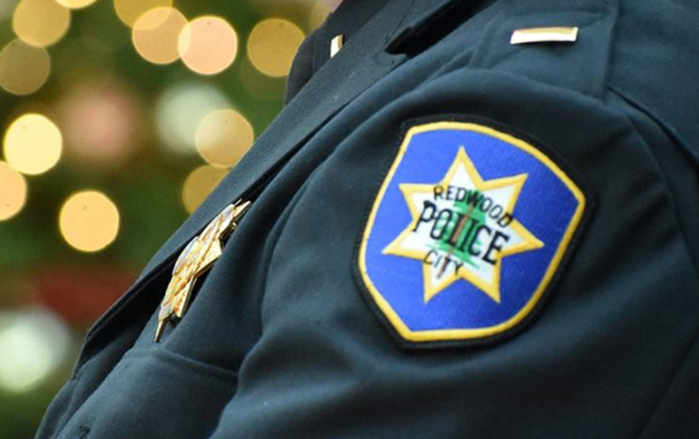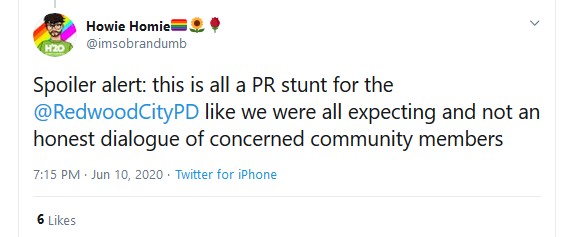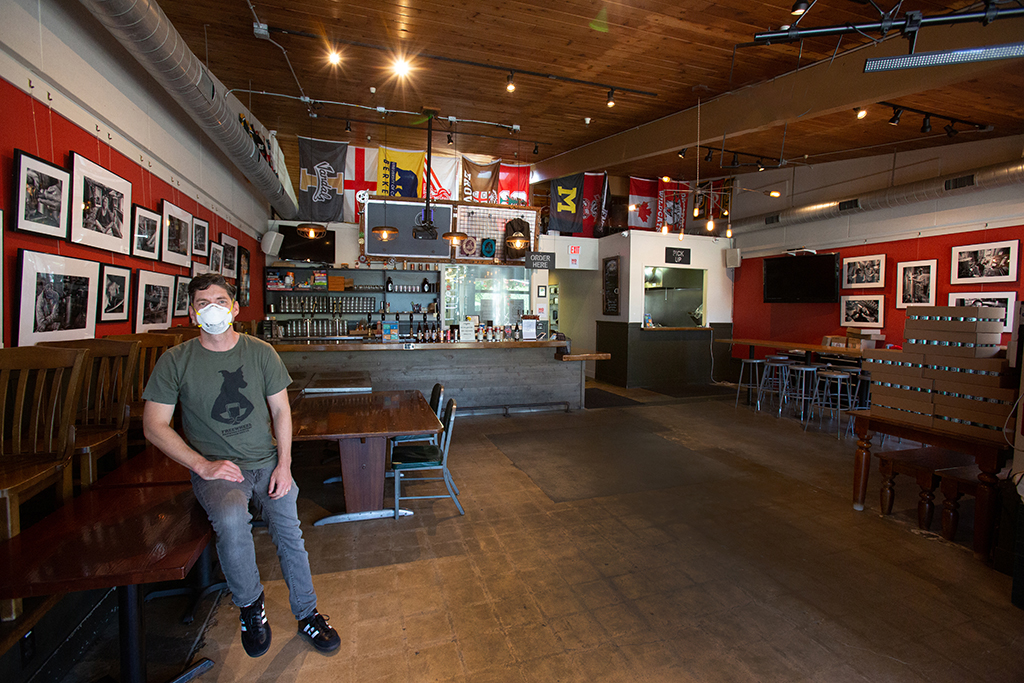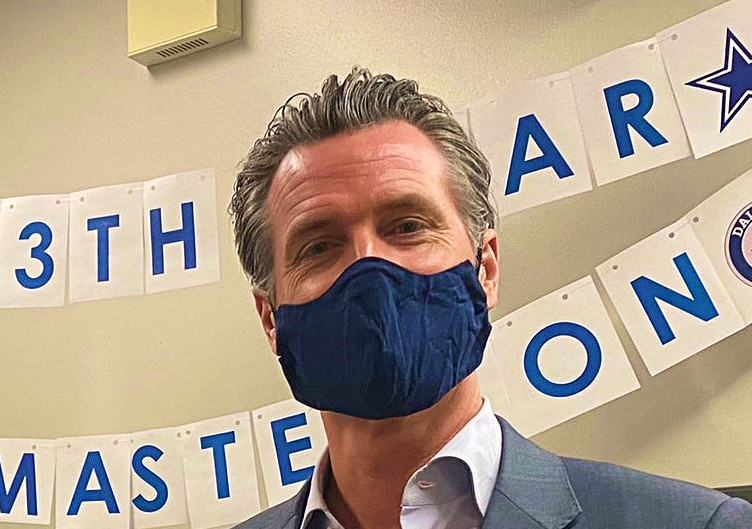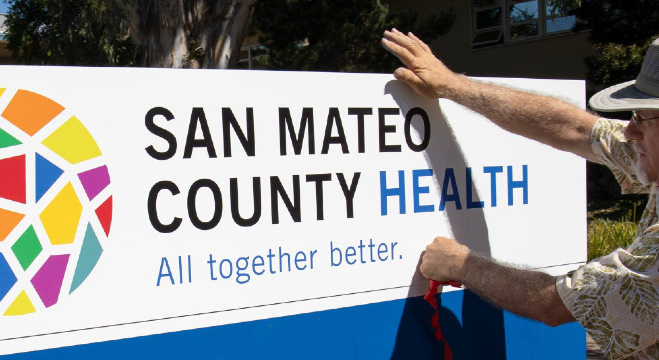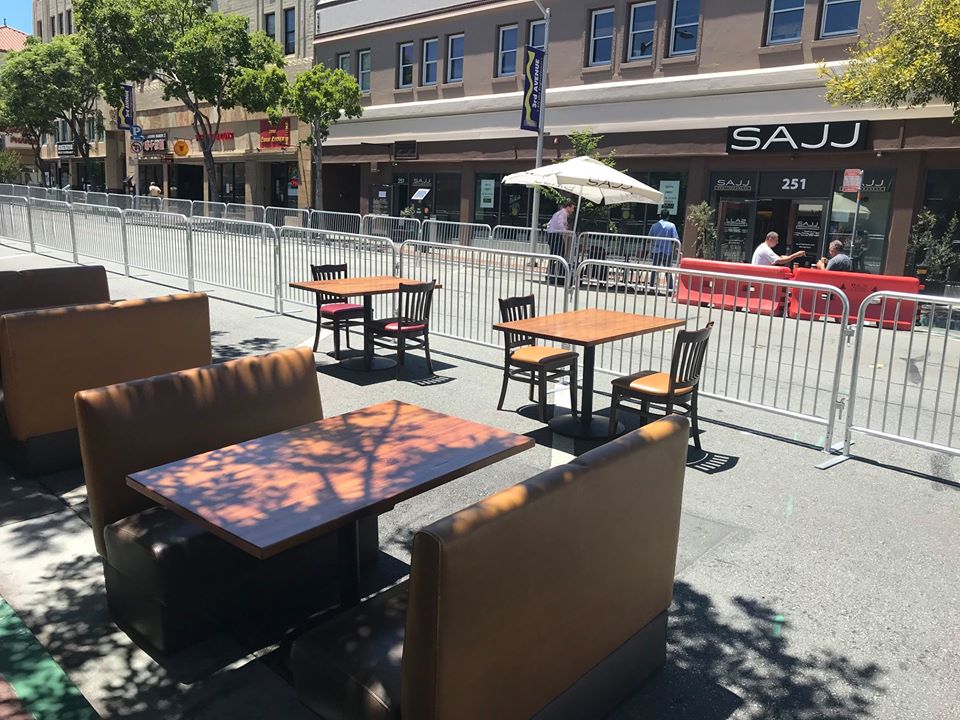Redwood City’s Chalk Full of Fun Festival going virtual

The Redwood City Parks & Arts Foundation is inviting people to participate in its annual Chalk Full of Fun Festival. But with coronavirus-associated restrictions, the event is going “virtual.”
Since 2015 the foundation has hosted the two-day event in downtown Redwood City during the Fourth of July festivities. The chalk art invitational attracts artists who create intricate, colorful art that festival visitors get to view on Courthouse Square and “Chalk Alley” (Hamilton and Broadway).
But both the festival and the parade have been cancelled, so the Parks & Arts Foundation had to retool the event for it to happen. The organization is inviting participants to create their own masterpieces at home, on the driveway, sidewalk or street, and then share the creations virtually.
Chalk kits which include a 24-pack of pastels and Fourth of July swag will be distributed June 27. However, supplies are limited and they are only available to those who register in advance.
Those who have registered can pick the kits up Saturday at one of two locations in Redwood City: The Fair Oaks Community Center and Sandpiper Community Center.
Participants can send in photos of their chalk art for judging. Five gift-card prizes will be awarded in various categories.
For contest details and information about the event, contact Susie Peyton, Chalk Full of Fun coordinator, at chalkfestival@rwcpaf.org.





